WHY ASETs
The undeniable lack of access to energy for cooking, illumination, drinking water, sanitation and mechanical power has resulted in millions of deaths primarily of women and children every year. In response to this daunting problem the UN has declared 2012 the International Year of Sustainable Energy for All and it declared this entire decade the Decade of Sustainable Energy for All. Moreover, the UN announced a goal of universal, primarily electrical, energy access, by 2030
While access to electricity must remain the ultimate objective, the daunting additional costs of electricity, and the time it will take to do so–realistically 30 years–will shunt the energy poor into limbo unless interim measures are also taken. A cluster of books deal with sustainable energy for high energy (hydrocarbon based) societies of developed countries, as well as the advanced (industrializing) developing countries such as India and China. But there is a conspicuous absence of books dealing with energy for the low energy (non-carbon based) Other Third of the world, and how the unmet needs of the energy poor might be satisfied. The book: ENERGY AND POVERTY: The emerging contours (Routledge, 2015) fills this lacune.
Beneficial energy, based on appropriate sustainable energy technologies (ASETs), can provide such intermediate energy. ASETs bridge the gap between capital-intensive electricity and the traditional subsistence technologies of the energy poor. ASETs include: clean fuels, clean cookstoves, illumination by photovoltaic lights; decentralized mini-grids based on solar, wind, and biomass-generated electricity; treadle pumps, improved harnesses and yokes to boost the performance of draft cattle, better axels for transport by cart, simple wind mills for pumping water, grain grinding appliances, and low-cost bicycles.
A Few Examples
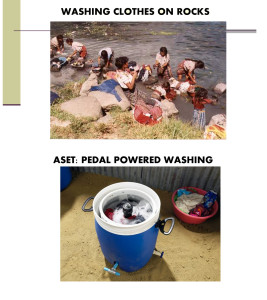 |
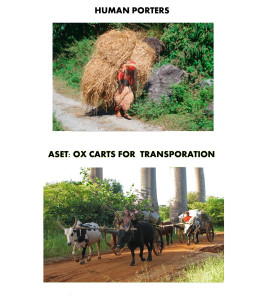 |
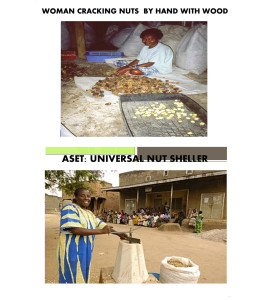 |
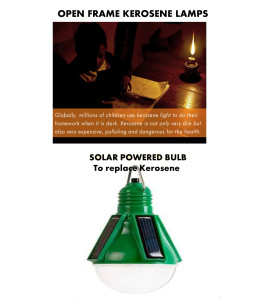 |
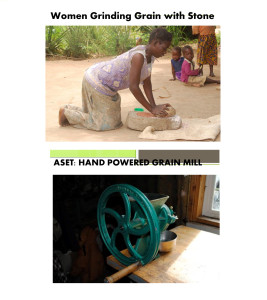 |
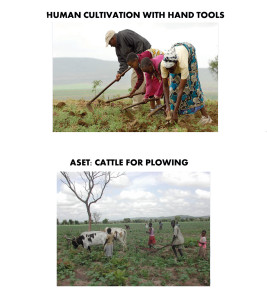 |
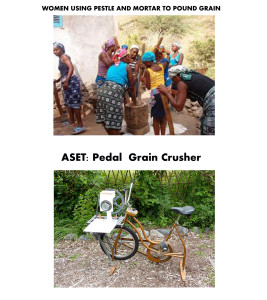 |
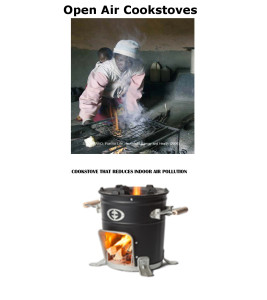 |
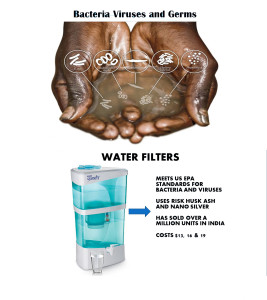 |
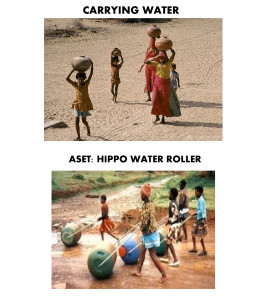 |